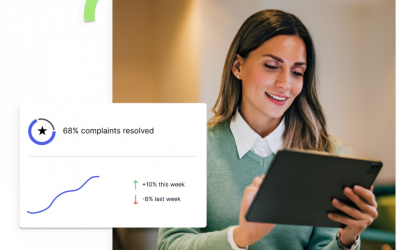When you lead a small company, you know everyone fairly well – including their strengths and weaknesses – and that gives you quite a competitive advantage.
But then your company grows and you suddenly have hundreds or thousands – or tens of thousands – of employees in different locations around the country or the world. That firsthand knowledge of your employees is gone – and you may be missing out on untapped potential in your workforce, letting huge opportunities pass you by, or even losing key employees to your competitors.
Of course, no one has time to sift through and manually analyze piles of performance reports or try to cobble together something workable from your BI platform.
It may be time to put workforce analytics in place. Not only will it close that knowledge gap, you can use the information to take action and position your company for further growth and success.
You can use workforce analytics to:
- Drive innovation – who is contributing valuable ideas to their teams/projects?
- Map out succession planning – who has the skills it takes to the be the next COO, VP of Global Marketing, or Director of Logistics?
- Accelerate or invigorate project teams – whose skills are needed on these teams?
- Implement retention strategies – what is important to your employees?
The sheer power integrated into a workforce analytics platform can be mind-blowing. For example, you can ask it to track demographic and HR transaction patterns (i.e., mobility) across your top performers and then look for similar patterns in those workers that are just on the fringe of being top performers.
Knowing who these workers are and putting that list into the hands of managers can help shape them into the power players that will inevitably add profits to your bottom line.
Tapping into the potential within your workforce is that simple… but only if you have workforce analytics.
Want to learn more? Schedule a demo! It’ll only take 30 minutes out of your day – but it could change the course of your business growth.




